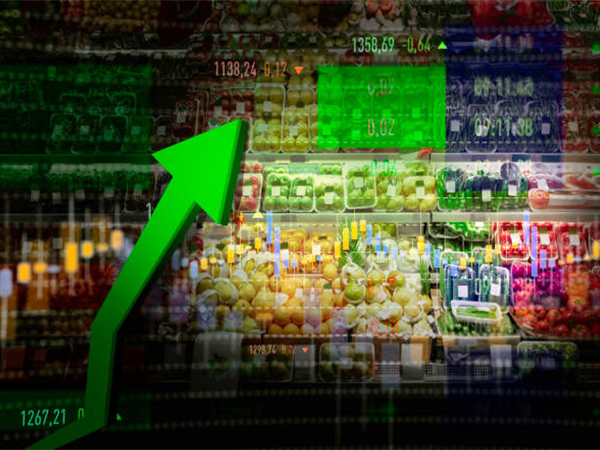India's Inflation Outlook: Stability Amid Global Uncertainty
Despite rising industrial metal prices, India's core inflation remains positive, supported by stable monsoon, declining energy prices, and a balanced demand-supply outlook. A potential RBI rate cut in April may further stabilize the economy, although global factors continue to pose risks.

- Country:
- India
In a recent ICICI Bank Global Markets report, the outlook for core inflation is deemed positive, despite some upward pressure from industrial metal prices. February saw core inflation rise, an uptick attributed to surging gold prices. However, the stabilization of global edible oil prices and the anticipation of a normal monsoon project a favorable trend for food inflation in the months ahead.
Global market dynamics, including tariffs by various countries and fertilizer cost fluctuations, continue to create uncertainties that could impact food prices. Domestically, the demand-supply balance appears stable, buoyed by a high base effect, helping moderate food inflation over the next year.
The forecast suggests a 4.2 percent year-on-year inflation rate for FY26, aligning with the Reserve Bank of India's targets. A favorable inflation trajectory is anticipated, bolstered by a normal monsoon, stable currency, and decreasing energy prices. However, global influences—like trade tariffs and commodity fluctuations—carry potential for uncertainty. As retail inflation in India dipped to 3.61 percent in February 2025, the likelihood of a rate cut by the Monetary Policy Committee (MPC) in April seems probable.
This decrease in retail inflation, driven mainly by a sharp drop in food prices, was significant, with February's food inflation falling to 3.75 percent year-on-year. Stable monsoon conditions, steady currency exchange rates, and declining energy prices are expected to maintain this control over inflation in upcoming months.
Increased rabi crop output, particularly in wheat and cereals, is anticipated to contribute to a stable food price environment, although edible oils and sugar prices may rise due to global market trends and reduced sugarcane production. While industrial metal prices are up, a stable Indian rupee and weak global energy demand are expected to keep core inflation in check. Energy price pressures should remain muted as oil prices declined in March, following increased production from OPEC and lower energy consumption in the U.S.
With inflation lower than the RBI's projection of 4.4 percent for Q4 FY25, there's potential for interest rate cuts in April. The latest Q4 FY25 inflation estimate is now at 3.9 percent, allowing the RBI to consider easing monetary policy. Experts suggest that a shift towards a more neutral MPC stance could enable greater liquidity injections to bolster economic growth. (ANI)
(With inputs from agencies.)










